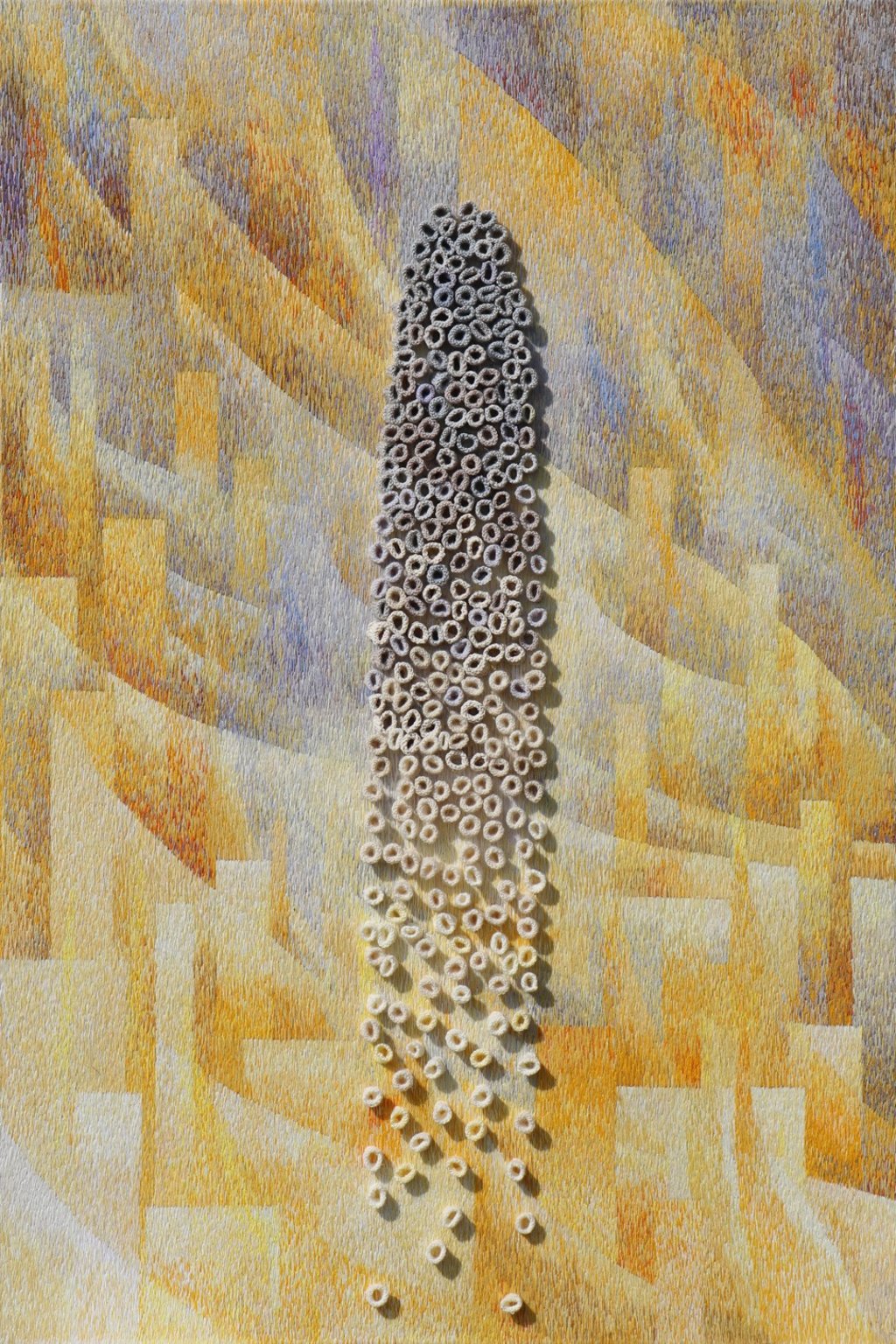Three Chinese artists inspired by beauty of Tasmania on why they chose self-exile on Australian island
- A number of Chinese artists have fallen in love with Tasmania and moved to the Australian island to paint
- Jane Qing Yang, Shanshan Ai and Chen Ping talk about Tasmania’s natural beauty and how it inspires them

Diminutive, with expressive, smiling eyes, Jane Qing Yang is standing outside a picket-fenced cottage, as brightly and imaginatively garbed as one of the paintings hanging in her home.
Alongside her is her husband, Donald Yue Dong, who has not only been her strongest promoter since they settled in Launceston, the second biggest city in the Australian state of Tasmania, in 2015, but is also her translator.
Despite her success as an artist in Tasmania, Qing has not picked up the language, even if she can translate the essence of the island’s soul onto a canvas.
In their home, which doubles as a gallery, the walls are hung with pictures large and small, still lifes and local northern Tasmanian scenes – the wetlands and estuary of the Tamar River in Launceston, the Cataract Gorge, bucolic heritage towns such as Deloraine, boats in the harbour at Beauty Point, rocks at Binalong Bay, and lichen on the forest floor in the Meander Forest.

There are also many evocatively named, more abstract watercolours and acrylics of the natural world in both Tasmania and China – Blue Wren in Conversation, Resonating With Nature, Lotuses Dancing, Meditation and Fragrance of Morning.
Since moving to Launceston (after Yue, formerly a lecturer at Shanghai’s University of Engineering Science, completed a master’s degree in information technology at the Queensland University of Technology in Brisbane, Qing has had major solo exhibitions and lives on the income she makes from her art.